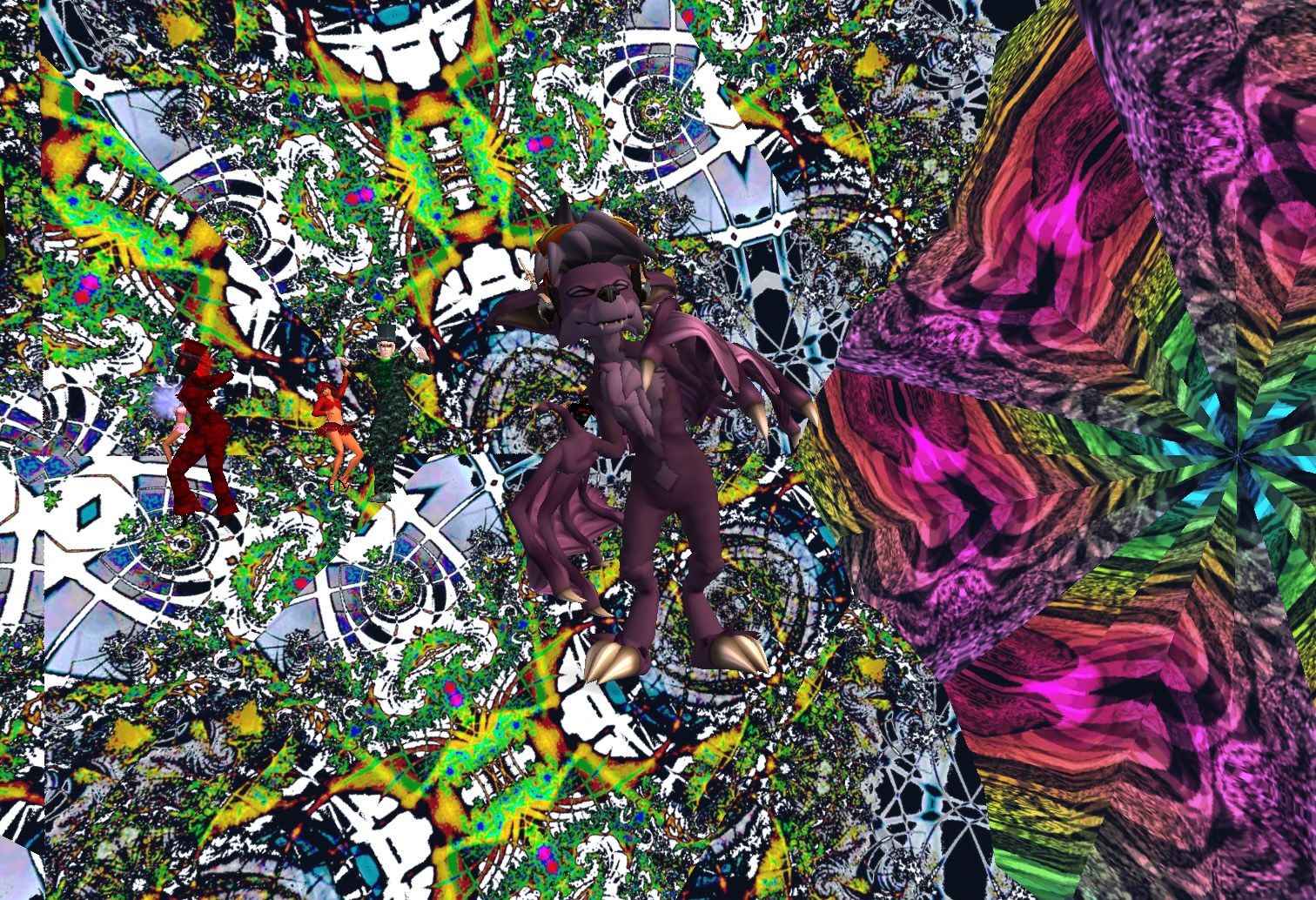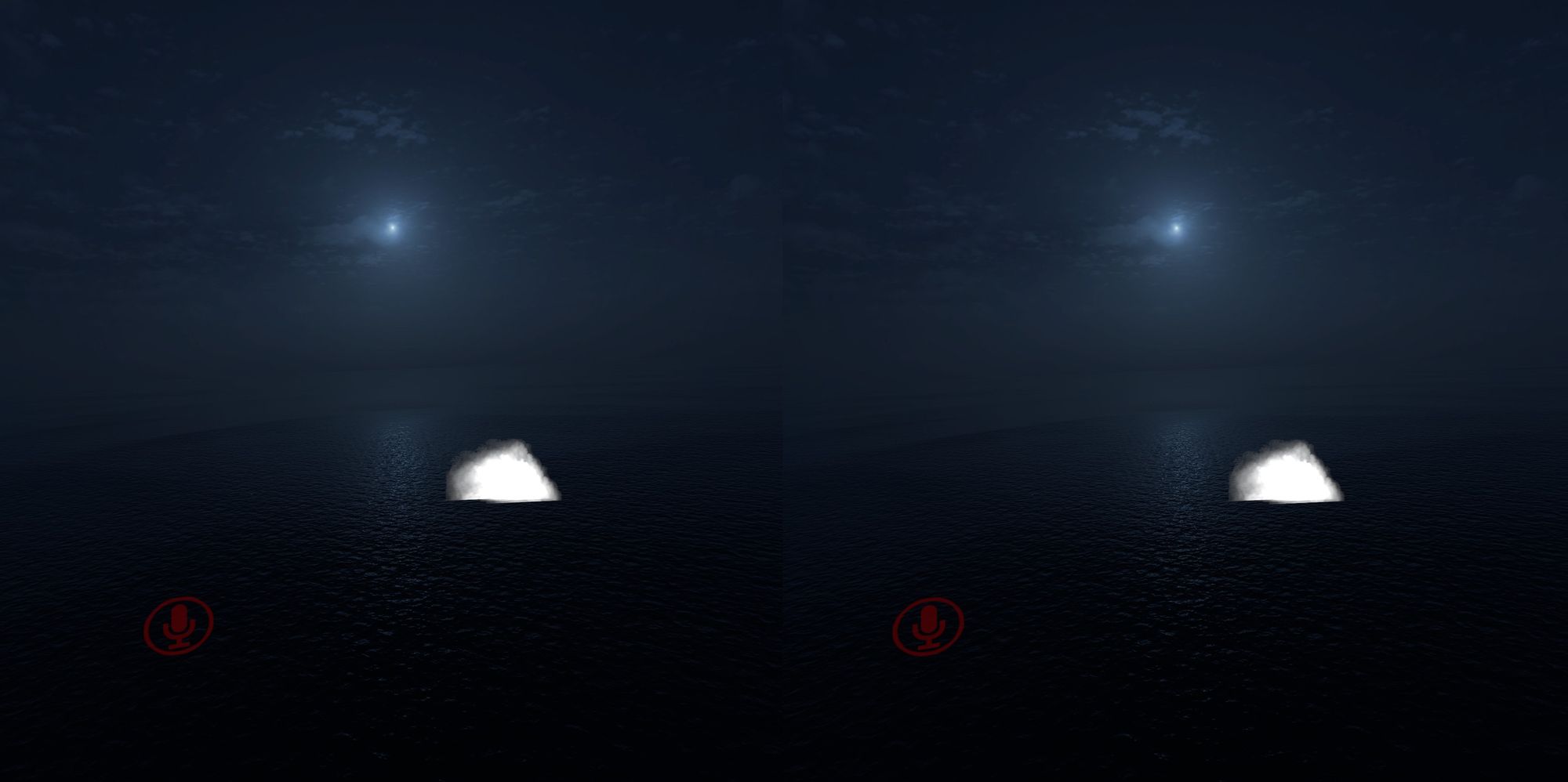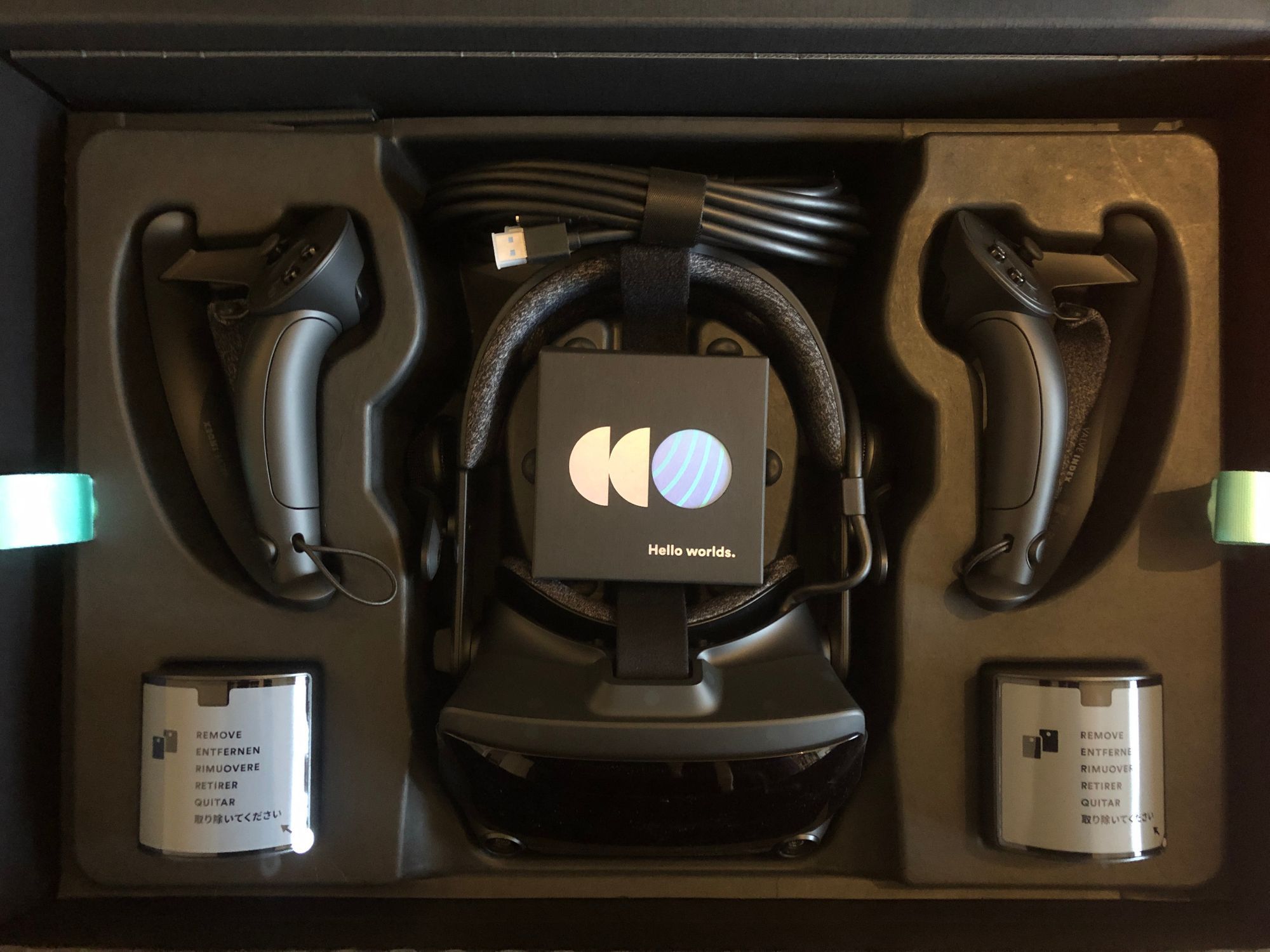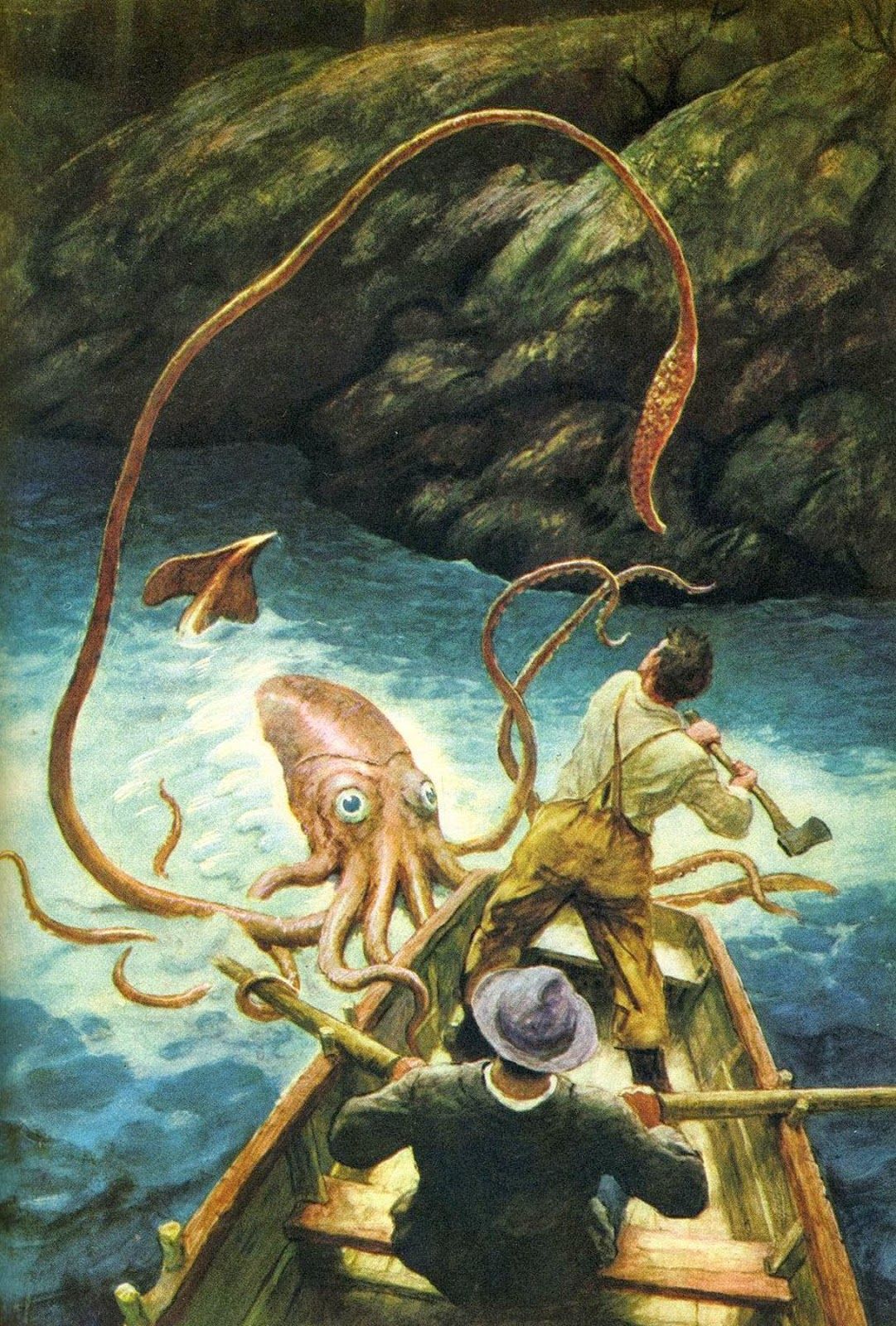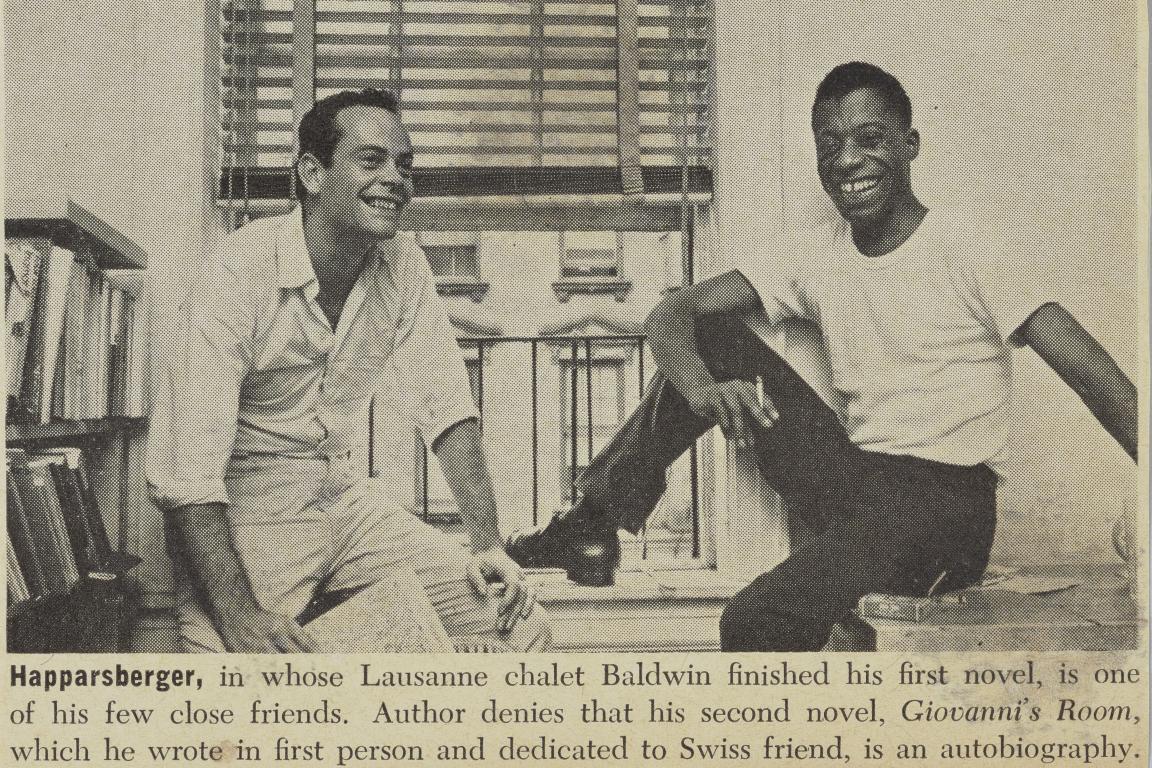Hi! I usually include a song to anchor each newsletter, this time I've made you a mix on Minidisc. You can listen here if you like:
Minidisc Mixtape: "On the Nature of: We Are The Birds and We Are the Stars, We Can Tell The Night to Fuck Right Off Into Another Green World"
When I was a kid my siblings and I had a game we would sometimes play with the television. Put on a show at random, wait for the person on the screen to make a statement or ask a question and quickly flip to another random station. It also works if you ask a question out loud, then quickly turn the dial and listen for a response. This works best if you have an analog set being fed analog broadcast (the delay of digital sync is too long and it's hard to randomly punch in a button on a keypad) but if you're lucky, about half the time you'll get what feels like a coherent if absurd call-and-response, often hilarious and sometimes profound.
Tangent: Last time we talked about microgenres and vapourwave, I have more to say about that sometime but here have Sonic and Chill
As an adult with an interest in divination and chaos magic, it's not lost on me that what we stumbled on was something like a Brion Gysin / Burroughs style cut-up technique and is not all that dissimilar to the Estes Method currently all the rage with the ghost hunting community. It is also a lot like what happened to me when I ran my own text through an early "AI" (Chat GPT-j) and created this zine.
Through that process my own words came back to me in ghost-form: threadbare and missing a spine, lacking coherence and structure but forcing my pattern-matching aphophenic brain to draw parallels to my lived experience. As with tarot cards, it helps that the symbols and phrases are familiar and specific enough to feel authentic while simultaneously defamiliarized structurally so as to create a moment of dissonance. This frisson is what feels like the transmission of knowledge (even if you might argue it's merely a natural process of your mind trying to resolve the lack of coherence.)
There are, in short, ghosts in the gap, synthesized by your own brain.
The most haunting moment I had while generating that GPT zine was this vignette.
This particular "essay" is objectively bad writing and bears little resemblance to the source-text I used as a prompt. Also true: At the time I clicked "generate" I happened to be thinking a lot about a person I knew named Kay who died suddenly and too-early. Our relationship and the manner in which I learned of her death was significant enough to me that I've written about it at length in the context of memory, forgetting and erasure. That event figures heavily in my professional work on social media which I often consider to be a slow re-weaving of the timeline torn apart by the anxiety needed to support ad networks.
So I click "generate" and receive a kind of message in return. I recognize patterns, there's a name, and while it was in my head, there was no "K" in the original source text. Nothing the LLM actually had access to implied I was interested in a story about a person or a specific gender and yet she appears by name out of a perspective switch. The voice writes outward from first person, stuck in cold and indecision, hesitant to reach across time, then resolving just enough to communicate... something... in a brief static burst of emotional text that doesn't quite cohere into anything I can hold.
This failure is, for me, an evocative gut-punch. This GPT-j strange loop feels like a visitation.
Unless, of course, it's merely coincidence

Musical Hauntings
Music has a similar impact on me: it's not the technical performance of the notes but something about the time you heard that song, the moment the lyrics hit that way and you felt like the track produced decades ago by long-dead people you'll never meet was written for you, specifically. In these moments the DJ saved your life: Impossibly transmitting a signal across time and space and physically manipulating your body in order to wrap its way into your living brain and deliver a message.
My first real lesson in the difference between a good musician and a great one was a high-school violin performance by the top two violinists in our high school class. For some reason they both played the same song, and both were technically excellent, but one of them played the piece so well it almost made me cry. The spaces between the notes, the quality of the sound was ineffably different and better.
The boy who played that version also makes an appearance in the essay I mentioned above where I write about K. The three of us explored a rain forest once and two years after that violin performance Rex Chao graduated, went to college and was murdered. He was the first peer of mine to die and while we didn't know each other particularly well, it hit me hard at the time.

Much Too Much
People more eloquent than me have written about the meaning of music and ritual, but as I get older and lose friends and lose memories I find something curious has happened: my older prejudices against grand-gestures in song and my dismissal of any given genre or artist as too (too pop, too kitsch, too cringe, too obvious) has fallen away. PLUR doesn't seem so silly any more, and I let myself mainline bass drops and goofy hooks. Taylor Swift gets a spot in my heart right next to the serious experimental shit I also love.
Foxdye's 2010 M4g1c47 G71mm3r1ng R41nb0w is essentially an extended poop joke and yet it's been stuck in my head on regular rotation for more than a decade. I ultimately don't think it's really all that different from Hrvatski's 2005 Irrevocably Overdriven Break Freakout Megamix. The best artists can take a joke and make it beautiful.
An act of Real Ultimate Care:
So Goatstep exists. And Clown Core
And more poignantly, in proper community the network can manifest actual dreams into entirely new music genres. Behold Hit Em, birthed of a snippet of a dream that Matmos' Drew Daniel had, bounced off the moon and back through the internet into a collection of actual tracks (also filtered back through microgenre and Ambient Hauntology, because of course it's turtles all the way down.)
This is now available as an album.

The Creature In The Desert
I am cringe and I am free, and I can still say there's something deeply self-indulgent about the metaphor of a "music festival in the desert."
I'm pretty sure we've done that.
Like.
A lot.
And so when a friend texts me that I must come and see a performance called Pale Sands by Concrete, I hesitate. But I only hesitate a moment, because I'm curious, and the cost of admission is low. I was expecting it to be dramatic and lovely, a nice distraction, but what I wasn't expecting was one of the best immersive musical experiences I've ever had in VR.
The premise is simple: a DJ set in a vast desert landscape accompanied by an entity known as The Creature which feels something like a sentient northern lights (when it doesn't feel like an alien spacecraft, a distant city, or a vehicle of sorts). Of utmost importance though is the creatures creatureness. This is not a light show (exactly) but it feels more like the environment is alive and responsive and summoned by the energy of the audience. The creature is in dialog.
It delighted but did not surprise me to learn that The Creature is not a screensaver or a data visualization but in fact a puppet driven by real humans performing in realtime. The Creature feels like a sentient aurora borealis not because it evokes intelligence, but because it is intelligent. Unrecognizable as a human, it is nonetheless an avatar in the sanskrit sense: a descent of the gods of the universe, dancing around, among and over the plane we're all standing on. This subtle thing: including a human in the loop, makes all the difference in the world.
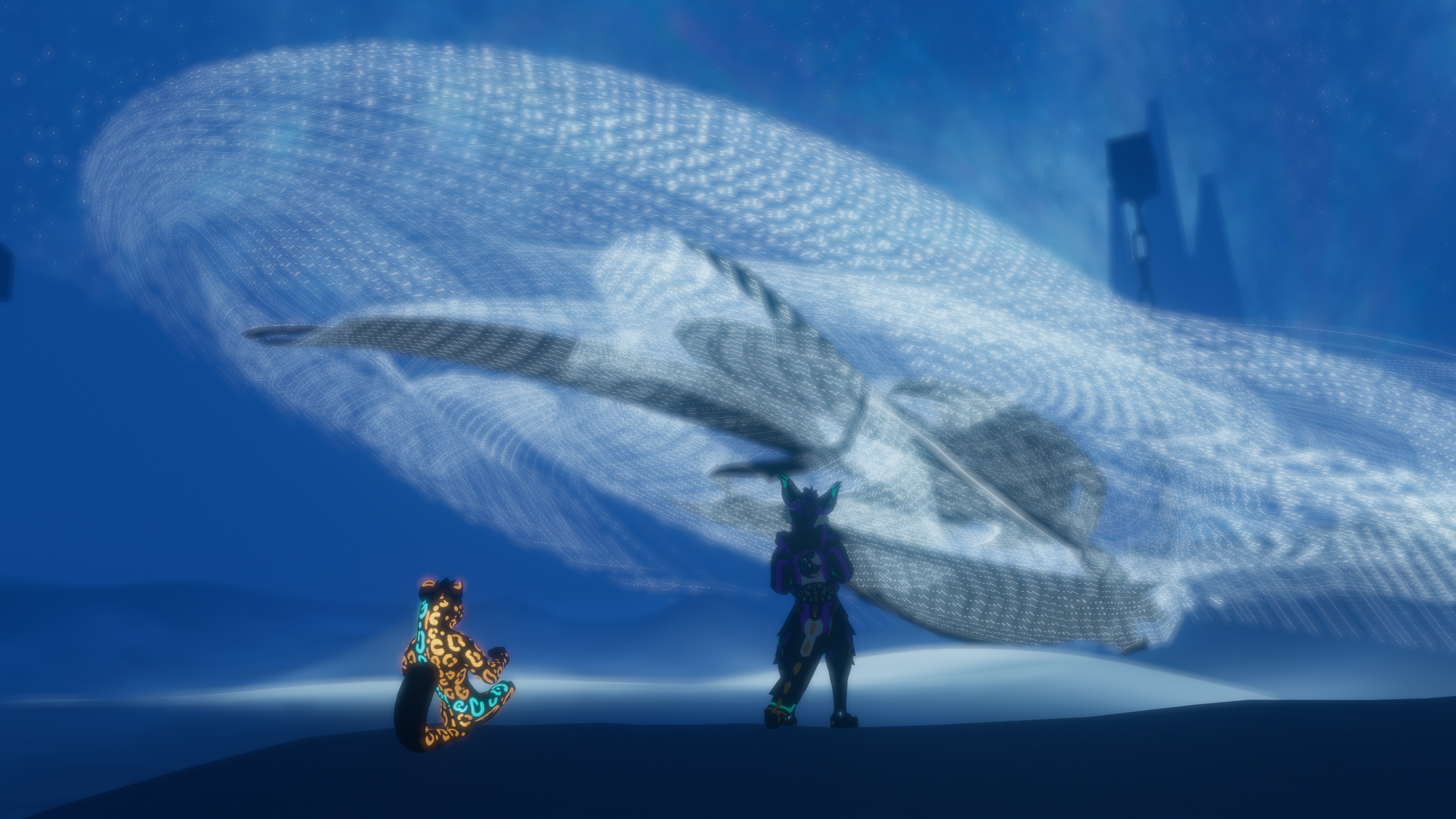
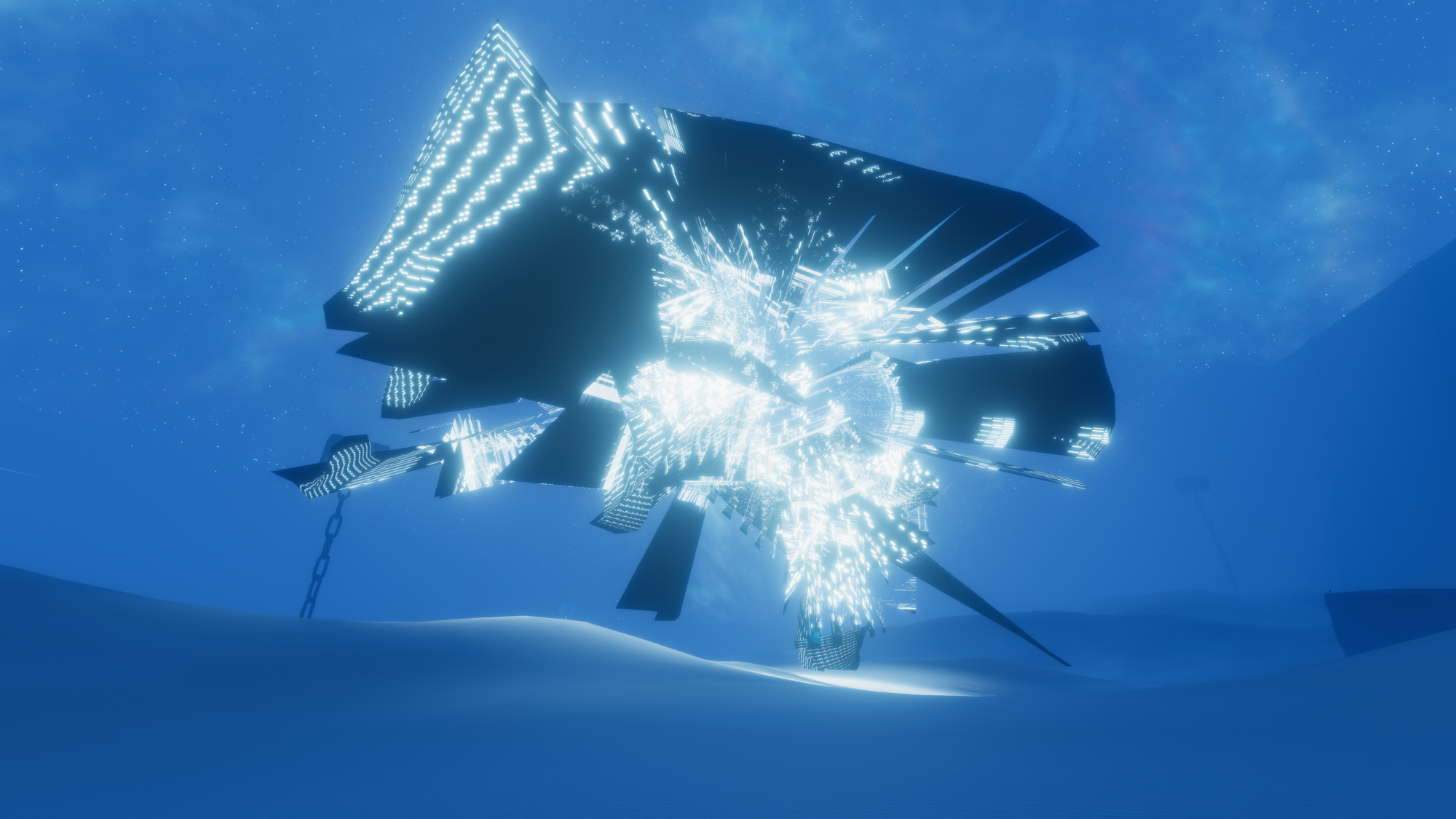


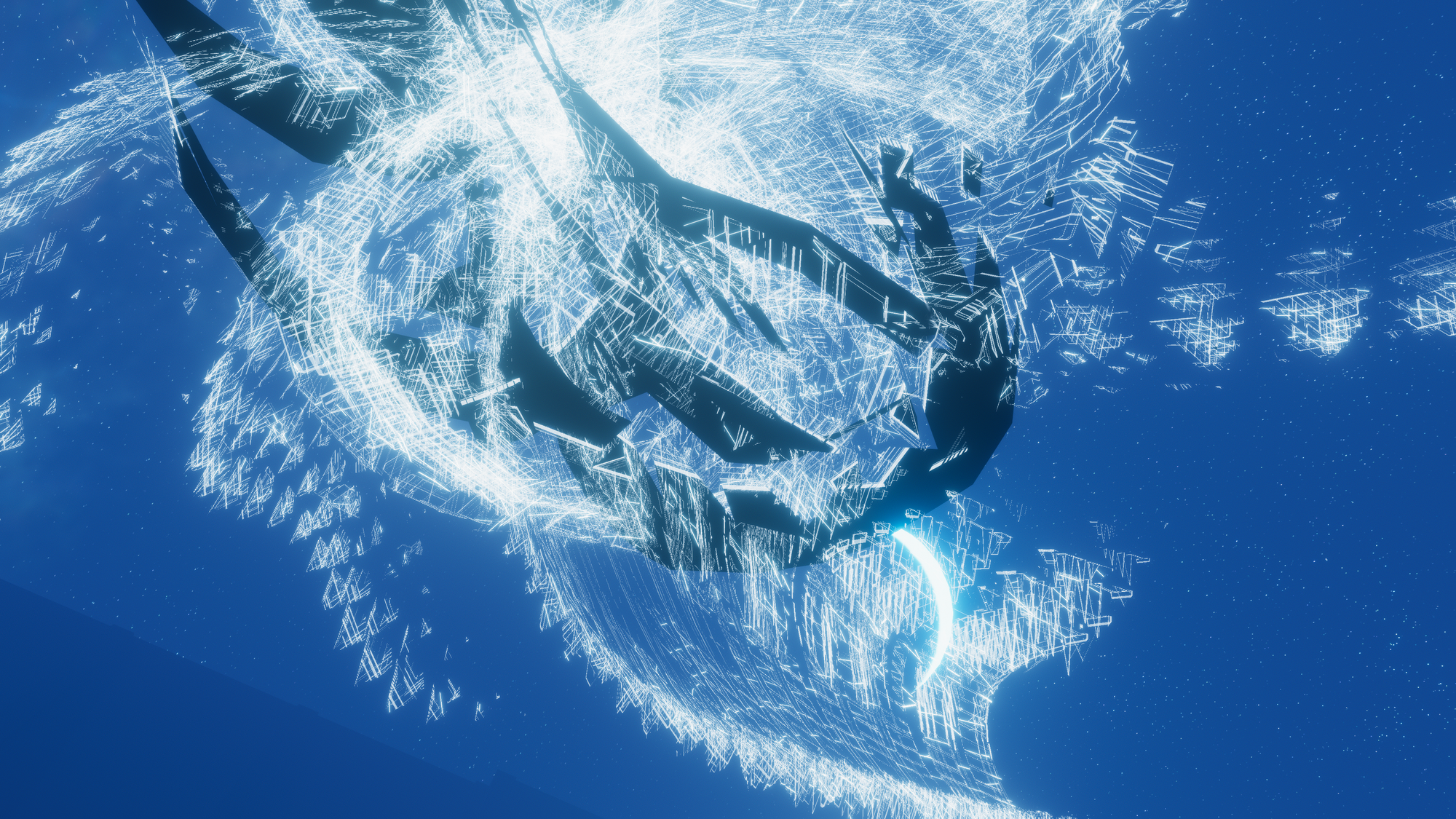

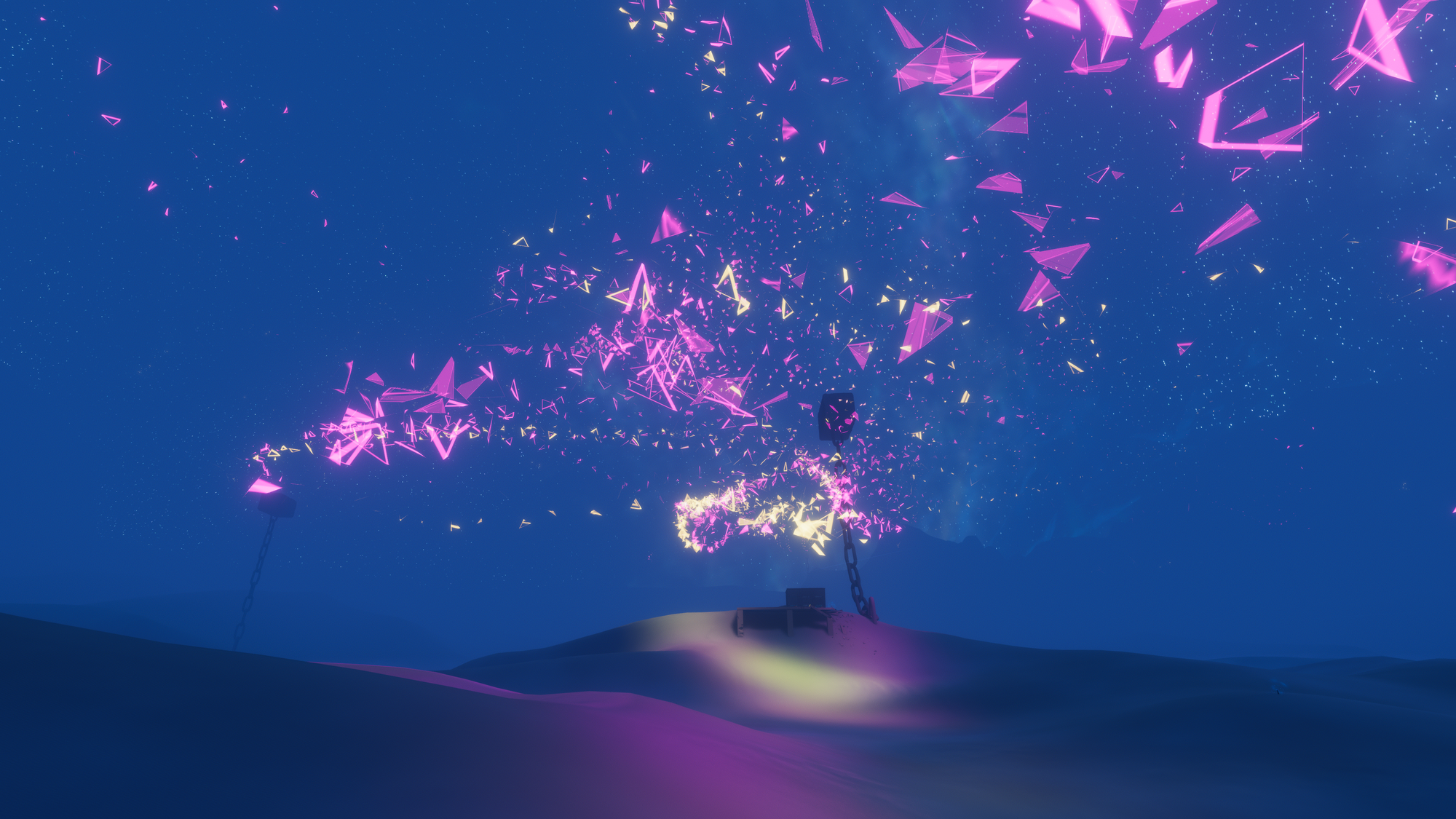
Pale Sands, Photos by qDot
MUTEK
The week after I chill in the virtual desert with the creature, I head to Montreal to attend the 2024 MUTEK music festival. Fresh off the experience of Pale Sands, I am (I think) probably pretty annoying in my hot-takes. All of the immersive work that surrounds us, especially that which relies on custom built infrastructure and projection, feels like an echo of Friday Night on VRChat. Which is not the critique you might take it to be: VRChat is more mature than most of these works, and more honest in it's presentation as visual illusion, but I start to wonder if "immersive" just means "lots of visuals" and I wonder if "electronic music" really means whatever EDM is: maybe a decent backdrop for instagram and party drugs?
Worse than that, MUTEK was awash with unexamined AI visuals, and I found that profoundly confusing if for no other reason than I enjoyed almost all of it.
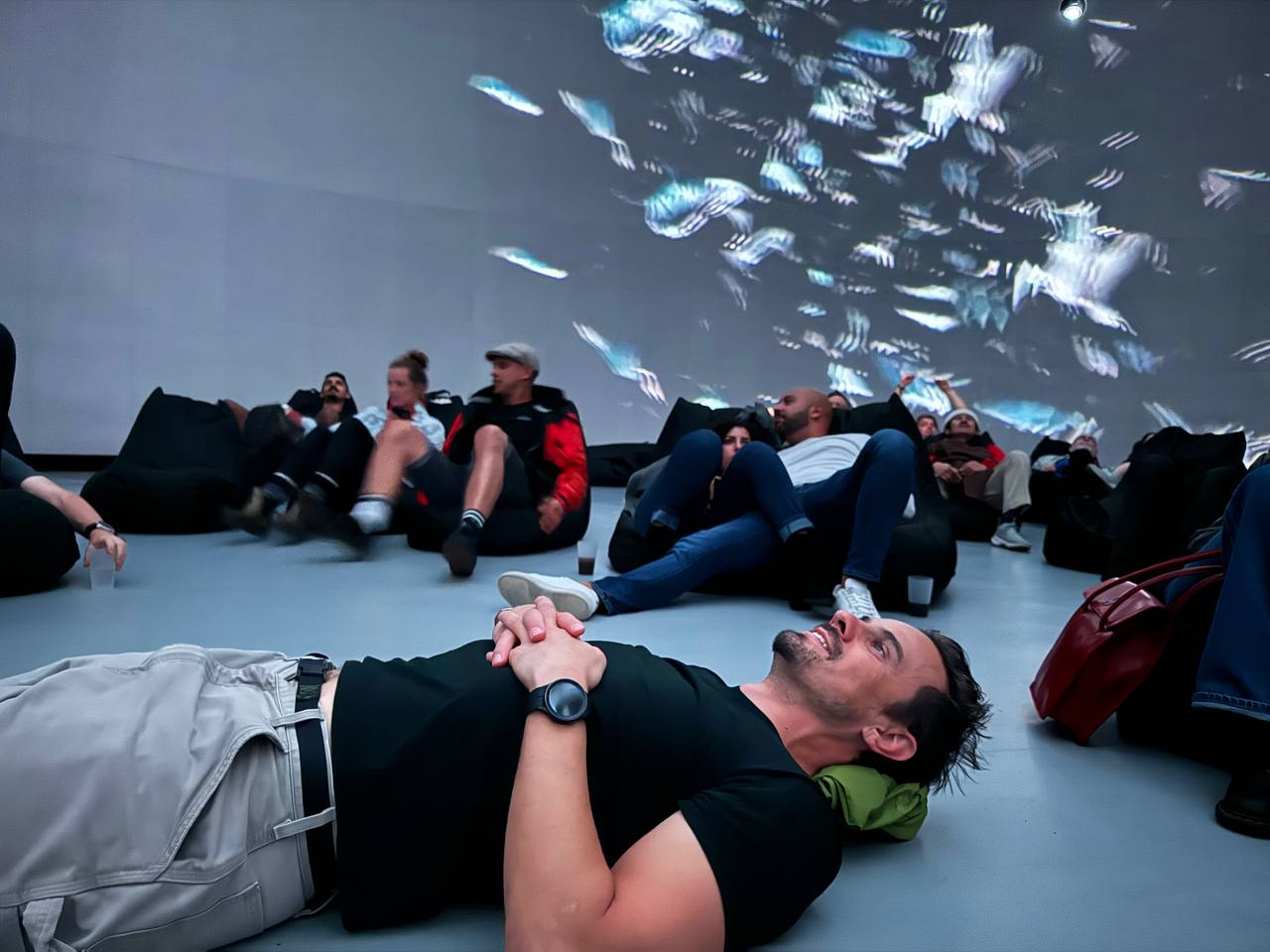
I've never been a fan of AI. I spent a couple of years (the last 12 months before social media went full-billionaire), low-key arguing with friends and the internet about NFTs. I wrote an article on AI and the Visual Arts that argued there was nothing to fear but I was actually terrified and also completely unprepared with what was about to appear.
Once GPTs of various kinds began to leak into public, I decided to meet my demons and I tried making projects with AI tools. Ultimately I said goodbye to Twitter by generating oracle post-cards via Stable Diffusion for anyone who would ask. I then deleted myself and practiced becoming ungoogleable.

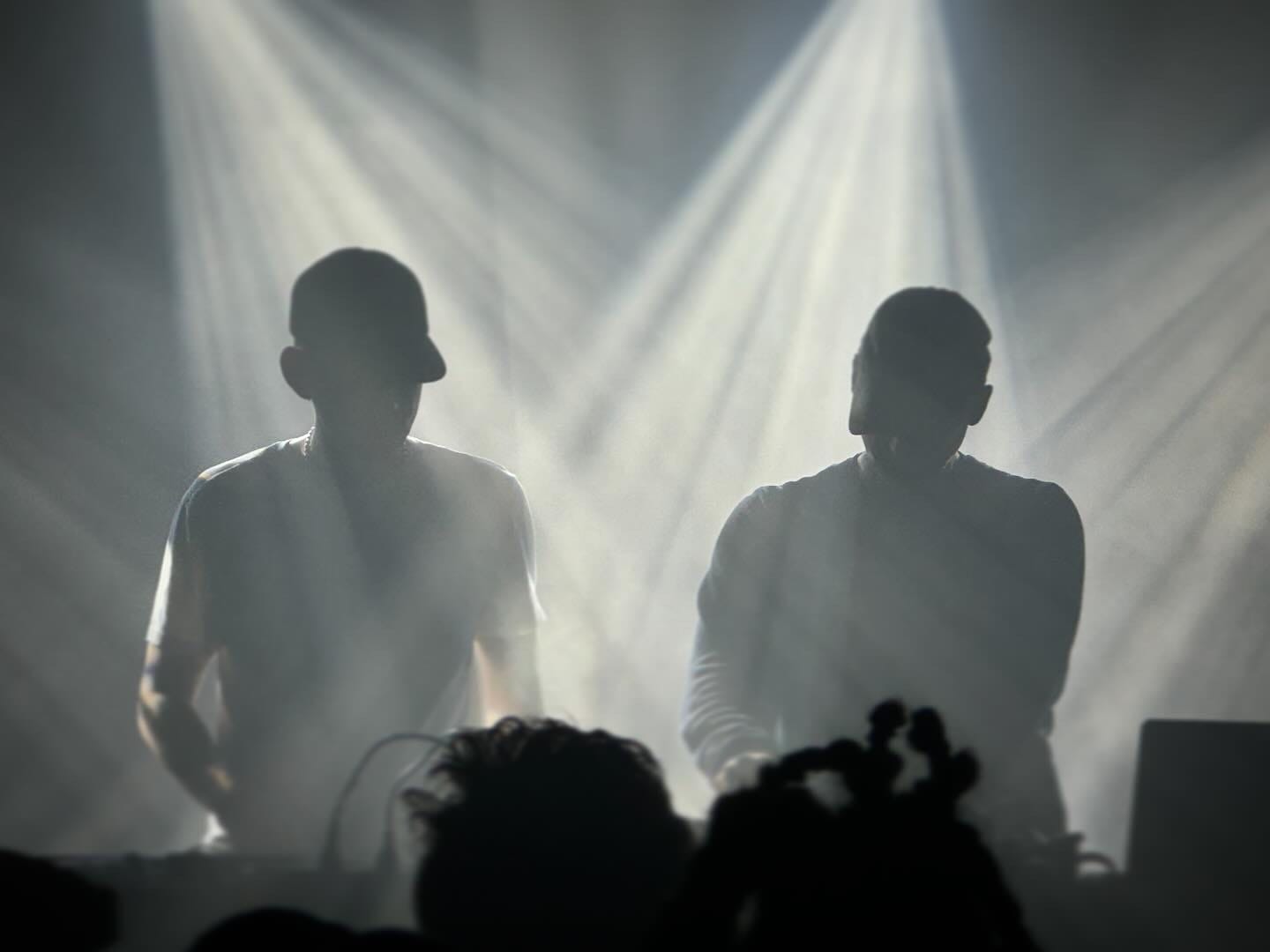

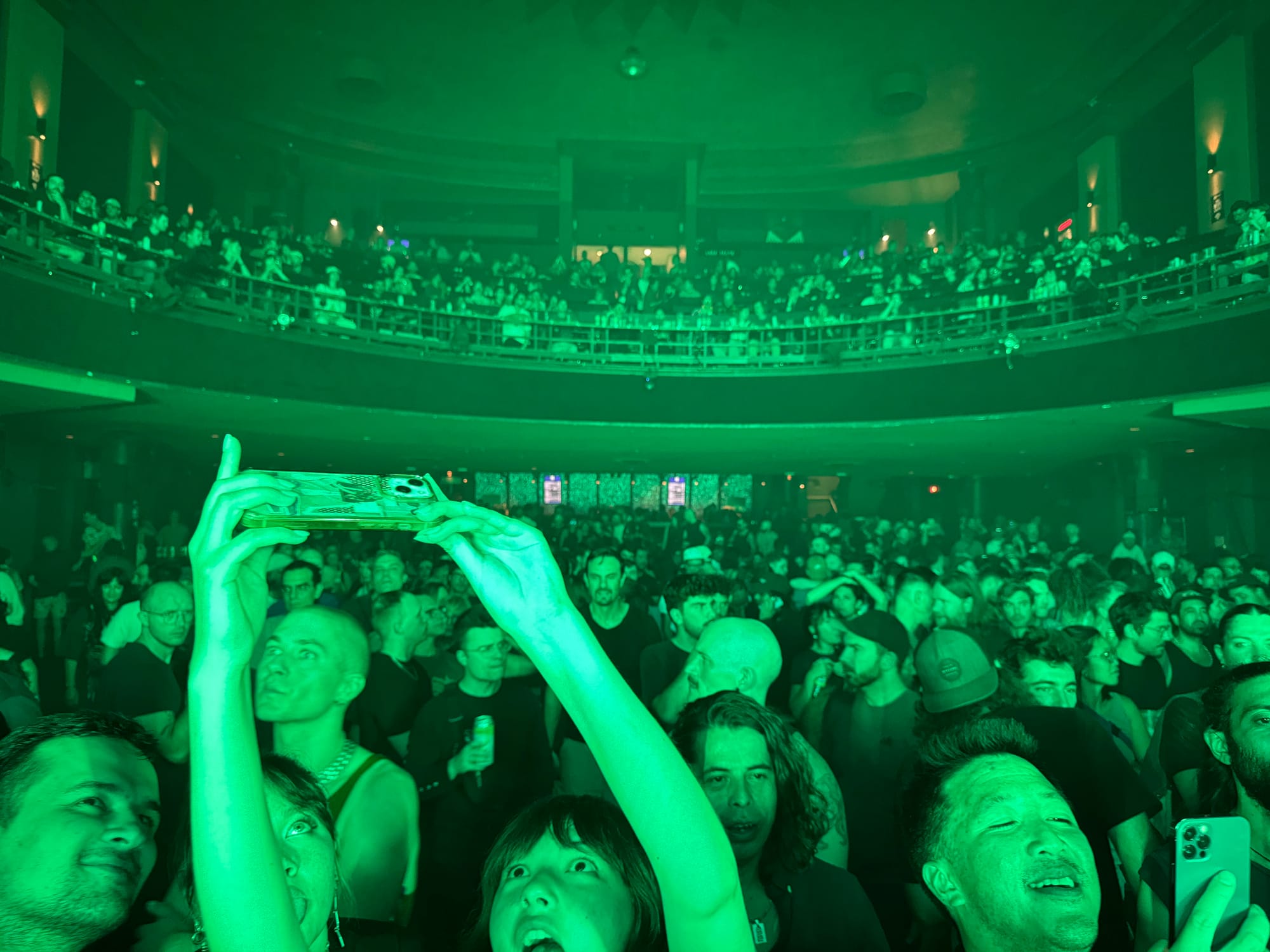

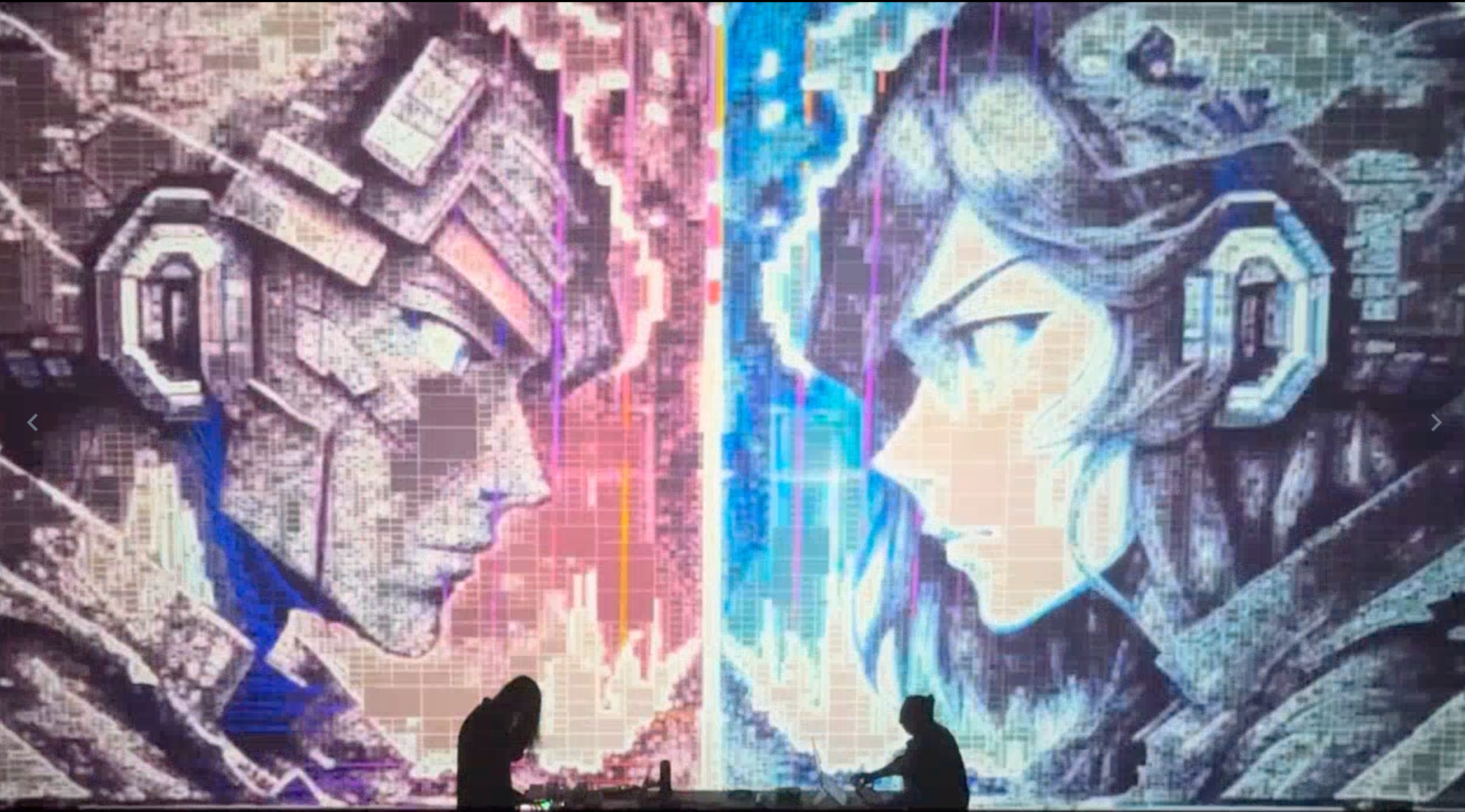

But while I can tell you unequivocally that AI as a business model is a horrific waste of human potential, a revolting and exploitive practice and an inexplicable use of fossil fuels at a time when we can't really afford that, I cannot also promise it isn't haunted in a useful way. I cannot promise it is incapable of summoning. I cannot promise it's not sentient, because in some ways it is, and because right now it's a failure, and that gap between intention and execution when you change the channel is full of powerful evocations.
Daniel Wray wrote about this for The Quietus (thank you Debcha), and I think he gets a lot of it right in "The usefulness of Fallibility at Mutek", but I still didn't quite have an answer for myself. What is it that resonates with me and what is it that leaves me cold?
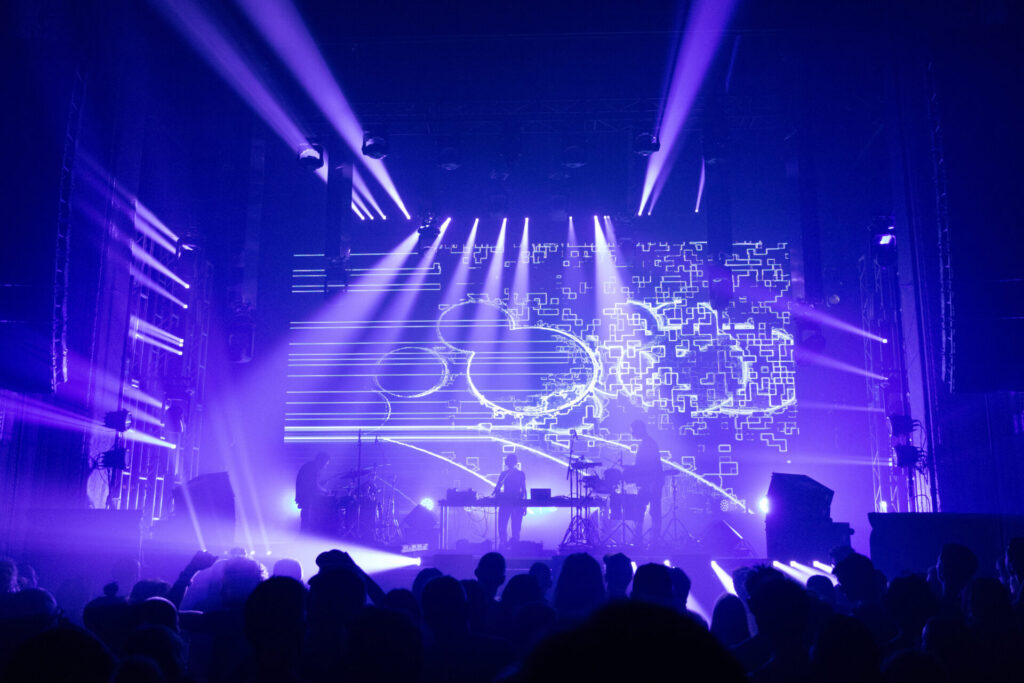
Eno
The star of the MUTEK week was the North American premier of the generative film Eno, a film billed as the first generated feature film and generally lauded by those who've seen it. My friend Justin Pickard has written an eloquent two part exegesis which I thoroughly enjoyed (and you should read) but I also think his piece far transcends the subject.
Eno. I hated it.

To be clear I like Eno the man. I think he's a treasure - I love his work and his sense of humor and I enjoyed every minute of the film except for the film part which wasn't bad so much as completely missing.
There was no obvious structure to the narrative, little to no editorial voice. There was no arc, no ghost of the filmmaker. In the end it felt like what it actually was: a collection of clips strung together more or less at random from what felt like snippets of historical archive posted to YouTube. If BBC documentarian Adam Curtis' voice is so strong it threatens to overtake the content of the found footage from which is films are composed, Eno did the opposite, with the artistic voice receding so far into the background as to be irrelevant.
I tried so hard to like it, at least give it a chance (or maybe two, since it should be different each time), but it was the Q+A with the director and a professor of media studies that followed that had me literally climb over my chair and head for the exit. I have no idea what they hoped to accomplished by trying to bond with the audience over presumed mutual hatred of U2, but I don't think anyone could have missed the point of Eno (or his quite significant work on Achtung Baby and Zooropa) harder.
The one highlight for me was Laurie Anderson, one of the very few living beings occupying my personal pantheon of saints. Anderson appears in the film as "Brian's Friend" and an anchor of the film. Drawing a card from Oblique Strategies with a laugh that transcends the project entirely, Anderson looks straight out at the audience and reads: "Is it Finished?"

During the Q+A the director of Eno made a significant deal out of the fact that Eno himself would only allow a documentary to be made if it was generative. This reminded me of Laurie Anderson talking about the time she wrote to Thomas Pynchon to ask if she could make a musical adaptation of Gravity's Rainbow. Supposedly Pynchon wrote back: "Yes, on the condition that you use only a single instrument and that instrument is the bagpipe."
HEADACHE
I think we all deserve better than random "AI generated" content passed as interesting, and yet I returned from MUTEK someone enamored (or at least significantly and somewhat newly bothered by) AI content. I went looking for a through-line and I ended up stumbling onto Vegyn's Headache courtesy of one of my favorite algorithms: the Spotify recommender system. This album sat on a loop for the better part of the week while I tried to figure out what, if any, ghosts were speaking to me through it.
The writing for Headache is credited to "Francis Hornsby Clark" and "performed by AI" although I strongly suspect there is no Francis Clark and the text is entirely AI generated. There's a thin-ness to it, and also a beauty, but a shallow one that seems to come from the nostalgia of failure. The record literally begs you to give it a shot:
just love me /
who knows /
we might both like it
I enjoyed listening to this album quite a bit, I found it funny and occasionally interesting and curious, and the storytelling nature kept worming at me until I realized what it reminded me most of was an echo of Max Richters The Blue Notebooks, which brought us On the Nature of Daylight and various snippets of story narrated by Tilda Swinton (who is, at last check, an actual human being and not an AI hallucination).
If Owl City is what happened to the aesthetic of Postal Service devoid of having lost your girlfriend in front of a DC club, Headache is what happens when Max Richter filters out through an AI.
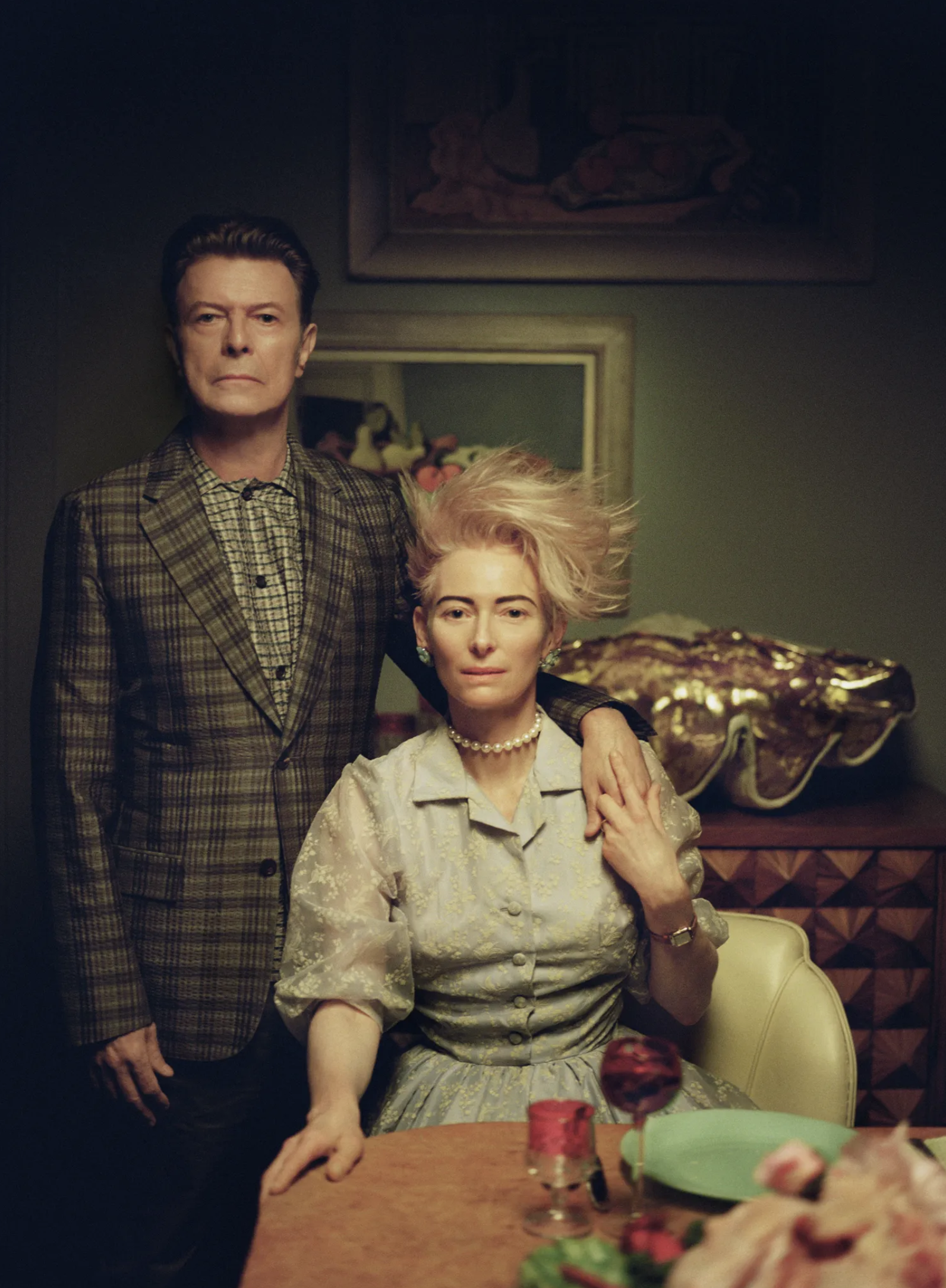
On the Nature of...
Chances are good that if you are a person who cries at movies and you have cried at a movie in the last 15 years, On the Nature of Daylight was in the background. Arrival, Shutter Island, The Last of Us. Wikipedia tells us that Fact named the album "one of the most iconic pieces of classical and protest music of the 21st century." This song has been played so many times it's worn out it's emotional groove but I promise, on good headphones, late at night and far from your friends, this track can still make you sob yourself to sleep.
The slightly lesser known album-version of this track features vocals from Dinah Washington, taken out of their original context, years after her death. Remixed and altered and changed to suit a mood. How is this that different than Eno? Has the estate of Ms. Washington been adequately compensated? Would she even like the song? It wasn't even written by her (it was Clyde Otis).
Venetian Snares do an interesting cover.
Let's check in with that Fact soundbite again: Blue Notebook was considered the best protest album. Because the album was recorded as a protest against the Iraq war, and draws heavily on the composers troubled childhood. The aching feeling of loss that soaks through the speakers feels both universal and deeply personal. It is of-a-time. Is this different than AI? Is this the same as Vegyn's Headache which reminds us:
I know that love is the only thought
And pain is the only feeling
It seemed fitting to find that at least one fan of Headache stuggled to find their own words to express what it was that they liked about the album, instead they invoked ChatGPT to do the heavy lifting:

But to answer my own question: I do think there is a significant difference in the intentionality of these works and I think it is encoded in their structure. In Richter's use of Washington's vocals I don't hear Dinah speaking, I hear a scared child taking comfort in the warmth of that voice and I hear a grieving echo for a deep and abiding loss. I hear Death Prom and I hear what John Darnielle reminds us the volume-knob is for:
I'm in the living room watching the Watergate hearings
While my stepfather yells at my mother
Launches a glass across the room, straight at her head
And I dash upstairs to take cover
Lean in close to my little record player on the floor
So this is what the volume knob's for
But then, maybe that's just my brain, making connections that aren't there.
AI could never.
Right?
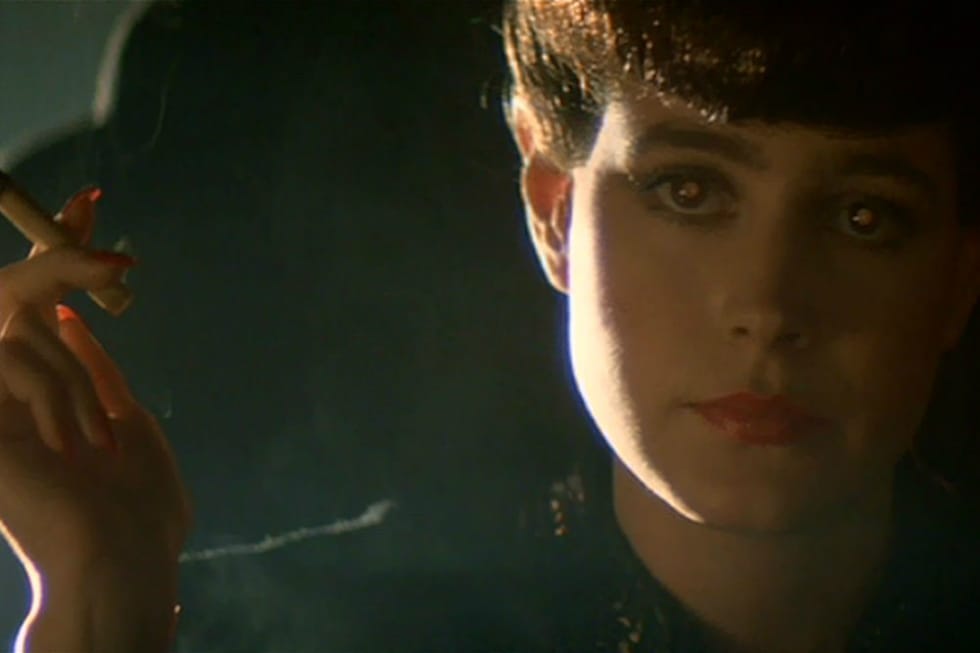
If you enjoyed this please share it with someone else who might, it would mean a lot to me. If you really liked it, you can buy me a coffee. Thank you so much for reading!
